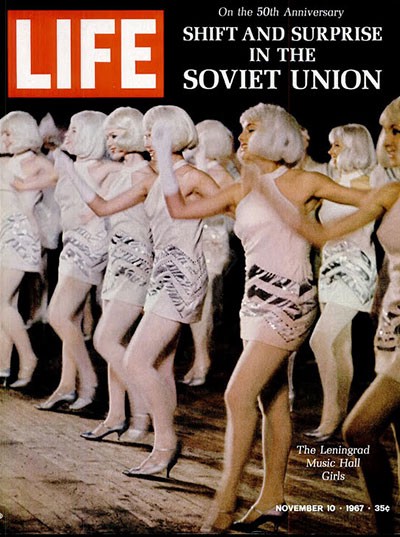Life in the Soviet Union
Daily Life in the Soviet Union clearly varied over time and from location to location. The USSR was enormous, embracing numerous languages, nationalities, cultures and physical geographical landscapes. This page looks at Daily Life in cities such as Moscow or Leningrad. We choose these as they are more pertinent to GCSE History courses in the UK and the evidence is more readily available.
At it’s formation, the Soviet Union saw hardship on the streets of many urban areas. Years of underinvestment in the infrastructure had been made worse by the hardships of the First World War and then the Russian Civil War. Shops were often empty. Food was often scarce. Entertainment was, for the majority, unaffordable outside of their own homes and localities. Music could be a release, if the music was acceptable to the new officials. Books, the same. As a starting point you can’t get much more basic.
Work
Working conditions are a good indicator of what life was like in the Soviet Union. Factories and Farms were reorganised. Structures were put into place that made work quite target driven. For workers who consistently bettered themselves against targets, rewards were available. Some of the most productive workers became household names. To hit these targets, which existed in soviet manufacturing and agricultural sectors, could mean long hours in dirty and dangerous conditions.
Consumer Goods
Consumer goods and luxury items are often used to gauge how prosperous an economy is. The more access to these goods there are, coupled with affordability, the better off a society is. In the Soviet Union these goods were not prioritised. The economy, under the Five Year Plans, was geared toward improving the Heavy Industries. This meant that households would have limited access to non essential items. As the development of the economy progressed, the number of consumer goods on the market did increase. In the latter stages of the Soviet state there were more shops selling such items. This meant that people were more able to buy things such as Televisions, Washing Machines etc.
The Arts
Under Lenin and in the period in which Stalin was establishing his domination of the Presidium, the arts experienced a period of relative freedom. Artists and filmmakers from several genres flourished. Experimention was seen alongside more traditional works. Sergei Eisenstein, famed for his film, The Battleship Potemkin, was highly active in this period. His 1929 film, October, was met with critical acclaim abroad. However it was criticised within the USSR, a sign of changes to come.
Under Stalin, the Arts were heavily censored. During the purges over 250 Ukranian writers were killed. The regime repressed freedom of expression and was highly critical of works published outside of the USSR. Most of the available works were based on the Cult of Personality. Those that were expressionist tended to be published in exile, or after Stalin had passed away.
Khruschev’s Thaw saw a liberalisation of views towards the artists and writers. There was something of a renaissance as a result. Notable works from this period include the written work of Alexander Soltzhenitsyn. Such works were not approved of by the authorities: Soltzhenitsyn was internally exiled after winning the Nobel Prize for Literature. However the threat of death or the gulag was removed.
It was also possible to access some Western music and performers. From the 1960’s onwards limited performances were allowed by the state.
Comparisons with Modern Russia
This Pravda report illustrates the two opposing view of Life in the Soviet Union. For some the USSR was a dour, hard place in which to live. Yet for others there was much that was good about Soviet Society. It is important to remember when reading memoirs, reports or narratives about the Soviet Union that they are often either bias or just one small part of a very large picture.
Links
The Telegraph – whilst a review for the film, Bridge of Spies, this offers a comparison between life in the Soviet Bloc and the West in 1960.
Left Voice – one of three articles by Anna Malyukova in which she recounts tales of her life growing up in the Soviet Union.
Daily Mail – collection of photographs taken in the Soviet Union in the 1950’s.


